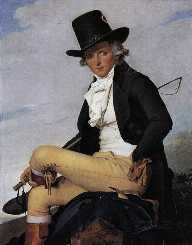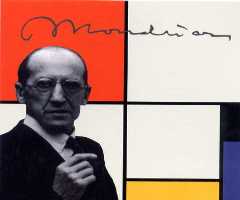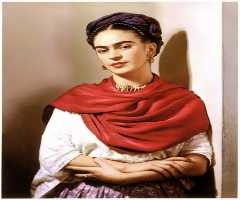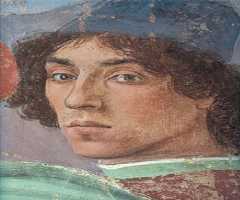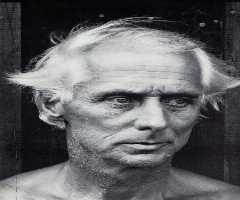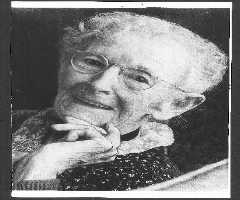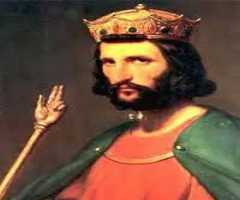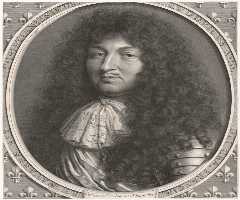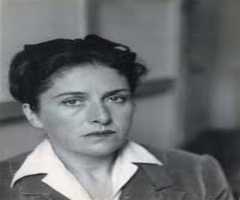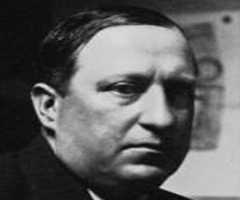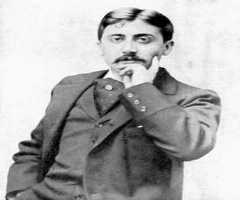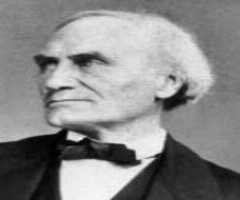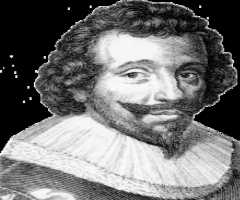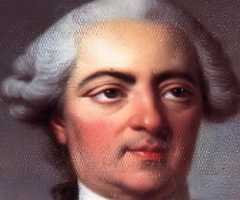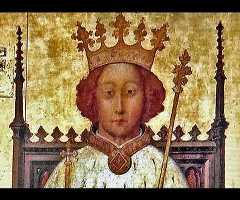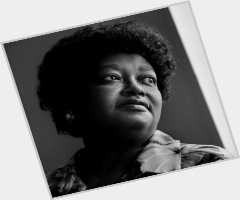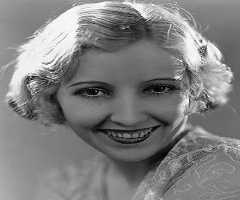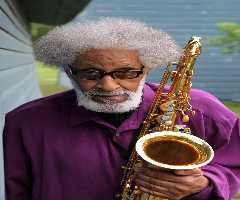Jacques-Louis David Biography, Life, Interesting Facts
Jacques-Louise David was a famous French painter in the Neoclassical era. Born on August 30, 1748, he gained a high reputation as a master of the neoclassical style during that era. Jacques-Louise David style of paintings in the 1780s changed from the Rococo favored at the time to a more classical austerity, in consonance with the moral climate towards the end of the Ancien Regime. During the French Revolution, Jacques-Louise David supported the movement and became a friend of Maximilien Robespierre.
After the fall of Robespierre, Jacques-Louise David was imprisoned and after his release supported the regime of Napoleon, The First Consul of France. As Napoleon Imperial rule ended and the Bourbon monarchy reinstated, Jacques-Louise David went into self-exile in Brussels and later to the United Kingdom of the Netherlands, remaining there until his death. Jacques-Louise David was very famous largely due to his large number of student and the kind of influence he exerted in French art during the 19th century.
Early Life
Jacques-Louise David was born on August 30, 1748, in Paris. Jacques-Louise David lost his father to a duel encounter at age nine, and his mother left him in the care of his uncles who were architects. They ensured he had a good education and after graduation from the College des Quatre-Nations, Jacques-Louise David enrolled at the University of Paris. However, Jacques-Louise David was not a good student and rather interesting in drawing as he once stated,"I was always hiding behind the instructor's chair, drawing for the duration of the class." Jacques-Louise David had a facial tumour that impeded his and was unable to pronounce some consonance including “r”. Jacques-Louise David preferred to become a painter, but his mother and uncles wanted him to become an architect.
After being able to convince his family, Jacques-Louise David studied under Francois Boucher, a distant relative and a famous painter at the time. Since Boucher was a Rococo painter and that style was fading out, Jacques-Louise David rather sent David to learn under his friend Joseph-Marie Vien who had adopted the classical style. Jacques-Louise David enrolled at the Royal Academy to continue his studies.
In 1774, Jacques-Louise David won the Prix de Rome with his painting, Erasistratus Discovering the Cause of Antiochus’ Disease. Jacques-Louise David had lost the award in the three previous years. With this opportunity, he traveled to Italy with his mentor, Joseph-Marie Vien who had been appointed the director of the French Academy in Rome. In Italy, he studied works of Poussin, Carracci, and Caravaggio. Jacques-Louise David also met the painter, Raphael Mengs who favored classical paintings to the Rococo style.
Career
Jacques-Louise David returned to Paris in July 1780 and became a member of the Royal Academy. His painting style was praised by fellow painters, and in 1781, his two paintings sent to the Academy was included in the Salon. The King later granted him lodging in Louvre, where Jacques-Louise David also tutored his own pupils. The same year, Jacques-Louise David was commissioned by the government to paint "Horace defended by his Father." Jacques-Louise David later decided to move to Rome and said, "Only in Rome can I paint Romans." With money from his father in law, Jacques-Louise David left with his wife and three of his students for Rome. It was in Rome that he painted his famous work Oath of the Horatii in 1784.
In 1787, Jacques-Louise David exhibited at the Salon, one of his famous works Death of Socrates, a painting, which was in tune with the political climate at the time. His next work was The Lictors Bring to Brutus, the Bodies of His Sons. During the rise of the French Revolution, the royal court did not want the spread of any propaganda to agitate the public, hence, ordered the check of all paintings before it was hanged. Accordingly, David’s work of Lavoisier, a chemist, and physicist and an active member of the Jacobin party, went under scrutiny and was banned with the Lictors Bring to Brutus, the Bodies of His Sons. However, due to public pressure after the news broke, it was allowed.
French Revolution
Jacques-Louise David supported the French Revolution and was a friend of Maximilien Robespierre and member of the Jacobin Club. Jacques-Louise David voted in the National Convention for the Execution of Louis XVI, which came as a surprise to many as the King afforded him many opportunities. In 1789, Jacques-Louise David was commissioned to paint The Oath of the Tennis Court but was never completed in the form to serve its purpose. Jacques-Louise David continued to do some painting that depicted the French Revolution. Jacques-Louise David painted Le Peletier Assassinated a painting of Louis Michel le Peletier de Saint-Fargeau who was assassinated by a royal bodyguard for voting for the death of Louis XVI. He followed it with another masterpiece The Death of Marat in 1793. After the death of the King, war broke and led to the capture of Robespierre and guillotined.
Jacques-Louise David was also arrested and imprisoned, first from August 2 to December 28, 1794, and again from May 29 to August 3, 1795. Jacques-Louise David made a painting of himself while in prison. He also painted The Sabine Women Enforcing Peace by Running between the Combatants in honor of his wife. Jacques-Louise David later adopted the "Grecian style," influenced by works of art historian Johann Joachim Winkelmann. After his release and the coming to power of Napoleon Bonaparte as First Consul, the emperor commissioned David for the painting Napoleon Crossing the Saint-Bernard. Jacques-Louise David became the court painter in 1804.
Jacques-Louise David was later commissioned to paint The Coronation of Napoleon in Notre Dame, for which he received 24 thousand Francs. After the reign of Napoleon ended and the restoration of the Bourbons, David was extended amnesty despite voting for the execution of Louis XVII. However, Jacques-Louise David decided to go into self-imposed exile in Brussels. His last major work was Mars Being Disarmed by Venus and the Three Graces from 1822 to 1824.
Personal Life
Jacques-Louise David was married to Marguerite Charlotte, daughter of M. Pecoul, the King’s contractor. The couple had four children. Marguerite who was a royalist divorced David after he voted for the execution of Louis XVI in 1792. The two later remarried in 1796. He died on December 29, 1825.
